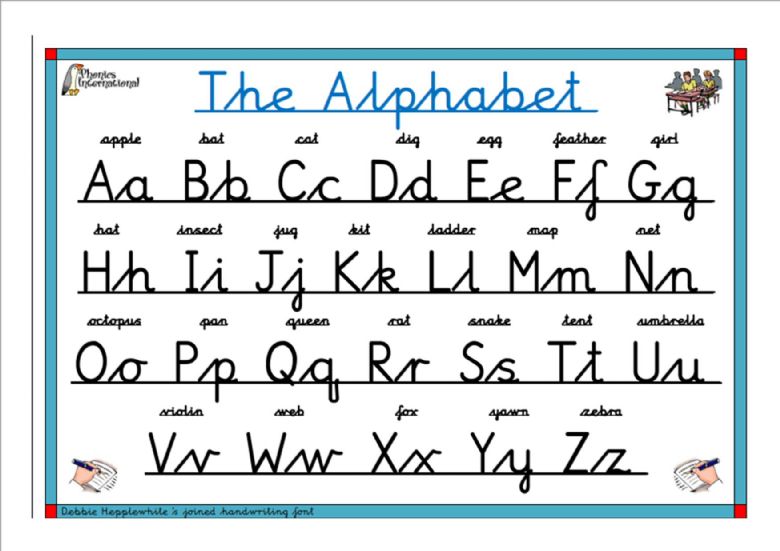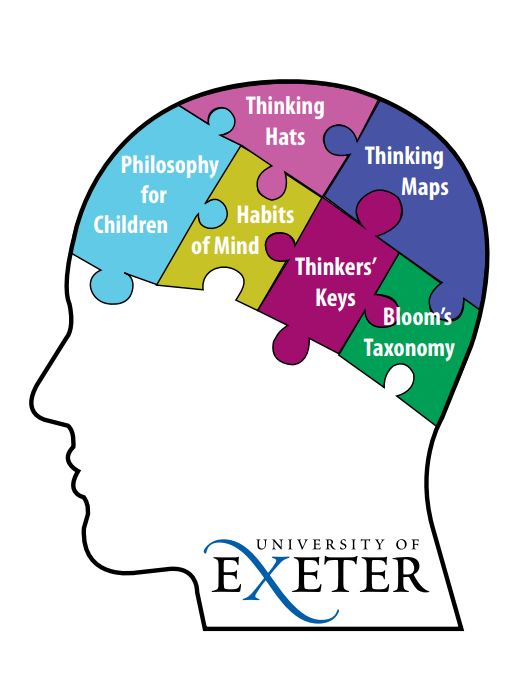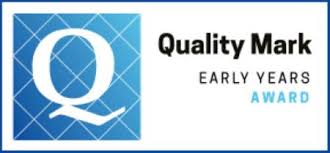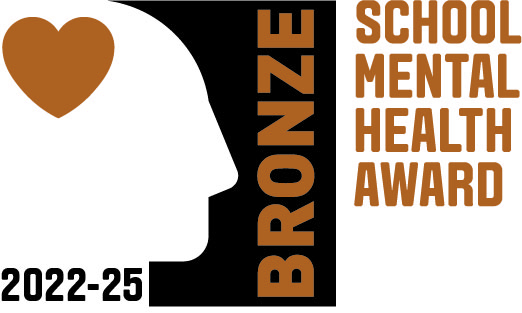Cursive Handwriting
Introduction to the Debbie Hepplewhite Handwriting style.

At Hillcross we believe that good handwriting is an essential skill in the quest to spell and write fluently, confidently and competently. A joined handwriting style links kinaesthetic ‘muscle memory’ with the relationship between the sounds of our speech and the letter shapes, letter groupings and whole written words.
'Handwriting is a multisensory activity. As you form each letter, your hand shares information with language processing areas in your brain. As your eyes track what you’re writing, you engage these areas. The same goes if you say letter sounds and words when you write. Research shows there’s something special about language development and the act of handwriting. In studies, children who practice handwriting do better at reading and spelling. The reason? Some experts believe that forming letters by hand while learning sounds activates reading circuits in the brain that promote literacy.' (The Unexpected Connection Between Handwriting and Learning to Read By Sheldon H. Horowitz, EdD on Sep 24, 2018)
At Hillcross we are committed to ensuring we develop every child's physical development to ensure they are ready to start forming cursive letters in the Reception year so that they can develop their own personalised style of writing as they move through the school. We have developed a precise and strong long-term development plan for Physical development, so that all children move through this process in the early years before we begin to teach formal handwriting. New children to the school will also be supported when they begin at Hillcross to ensure they have the appropriate physical development skills before starting to introduce our Hillcross Cursive Script.
Fully joined handwriting style and the method of teaching are suitable and successful for any age (from around six years old) however In EYFS and Phase One, children are taught Pre-Cursive so that the formation is mastered before they learn to join the letters. The diagonal line joins soften as the writer becomes increasingly fluent. The style is taught as separate letters at first – not letter strings – and all the letters with their diagonal lead-in joins are taught to proficiency and automaticity before starting to join the letters into words. The style is designed by Debbie Hepplewhite specifically for teaching purposes and it works exceptionally well to provide a fresh start in joined handwriting for older pupils.
It is preferable to provide opportunities for intensive daily practice rather than, for example, a pace of one lesson per week. Good handwriting is an essential skill in the quest to spell and write fluently, confidently and competently. A joined handwriting style links kinaesthetic ‘muscle memory’ with the relationship between the sounds of our speech and the letter shapes, letter groupings and whole written words. The ability to write neatly can raise self-esteem and provides a motivating factor in the production of written work.
Our Handwriting style links closely to our Phonics system, Phonics International. Both developed and produced by Debbie Hepplewhite.








